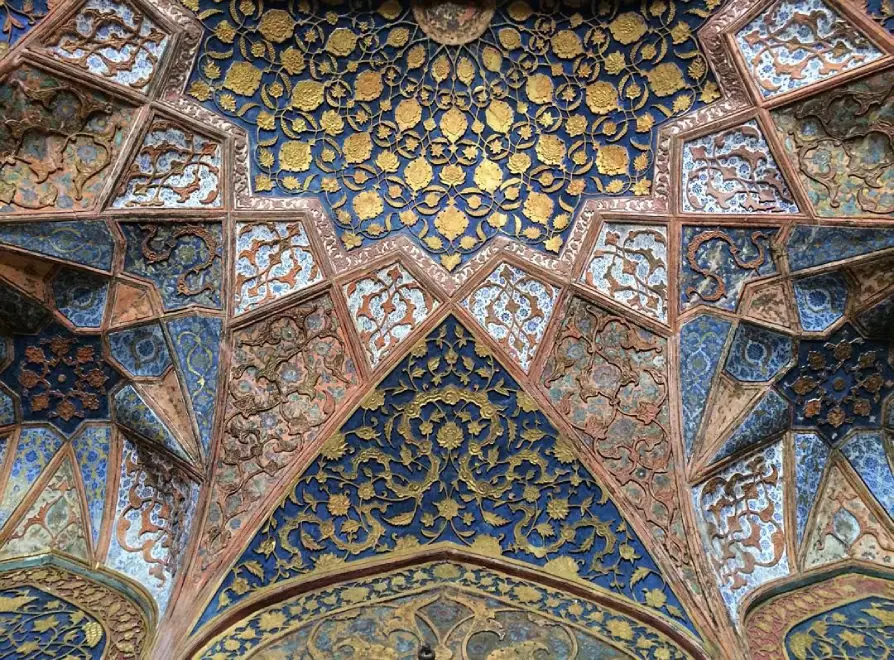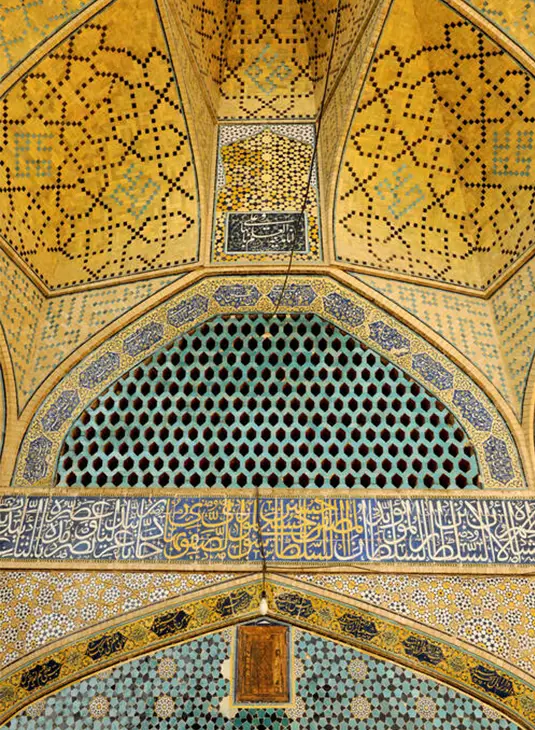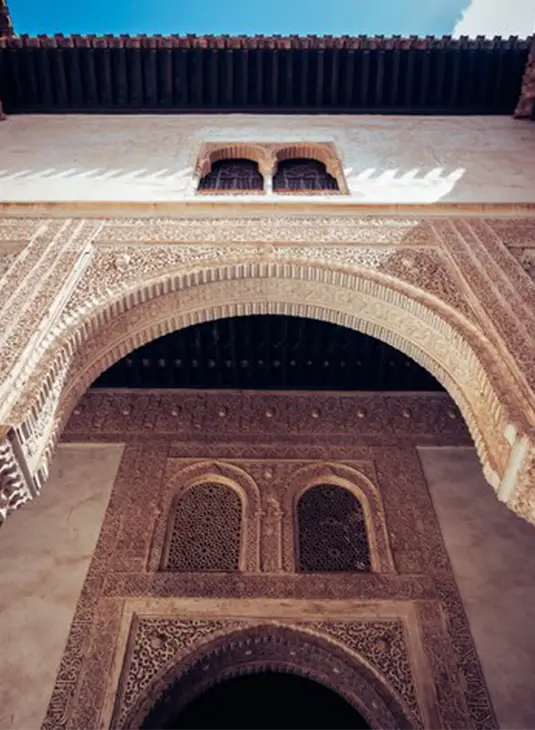Persian Architectural Heritage
Home » Persian Culture & Heritage » Persian History » Persian Architectural Heritage

- Persian Architectural Heritage
Unveiling Persian Architectural Heritage
Persian architectural heritage stands as a testament to Iran’s rich history and cultural legacy. This blog delves into the key aspects of Persian architecture, tracing its evolution and highlighting its enduring influence on modern design within the broader context of Persian Culture & Heritage.
The Evolution of Persian Architecture
Ancient Beginnings
Persian architectural heritage dates back to the ancient Achaemenid Empire, renowned for its monumental structures and intricate craftsmanship. The ruins of Persepolis, built in the 5th century BCE, showcase the grandeur of early Persian architecture with its imposing columns and detailed bas-reliefs. This period laid the foundation for the elaborate styles that would follow.
The Islamic Influence
The advent of Islam in the 7th century brought significant changes to Persian architecture. Islamic principles introduced new design elements, such as large domes, minarets, and intricate geometric patterns. The mosques and palaces from this era, including the Shah Mosque in Isfahan, exemplify the fusion of Islamic artistry with traditional Persian aesthetics.
Safavid and Qajar Eras
The Safavid dynasty (1501-1736) is particularly notable for its architectural achievements. During this period, Persia saw the construction of some of its most iconic structures, such as the Sheikh Lotfollah Mosque and the Ali Qapu Palace. The use of vibrant tilework and the development of the four-iwan layout became prominent features. The Qajar era (1789-1925) continued this tradition, introducing more elaborate designs and European influences.


Key Features of Persian Architecture
Domes and Arches
One of the most recognizable features of Persian architecture is its use of domes and arches. These elements are not only aesthetically pleasing but also serve practical purposes, such as improving acoustics and structural stability. The dome of the Dome of Soltaniyeh, for example, is an engineering marvel that exemplifies this design principle.
Tilework and Calligraphy
Persian architecture is renowned for its intricate tilework and calligraphy. Mosaic tiles, often featuring elaborate patterns and vibrant colors, adorn many historical buildings. Calligraphic inscriptions in Arabic script are frequently used to add a spiritual or educational dimension to the architectural design. The combination of these elements creates a visually stunning and culturally rich experience.
Courtyards and Gardens
The integration of courtyards and gardens is another hallmark of Persian architecture. These spaces are designed to provide tranquility and a connection to nature. The Persian garden, with its geometric layout and flowing water, reflects a deep appreciation for natural beauty and harmony. The Bagh-e Fin garden in Kashan is a prime example of this tradition.
The Legacy and Influence of Persian Architecture
Modern Applications
Persian architectural principles continue to inspire contemporary design. The emphasis on symmetry, craftsmanship, and the integration of natural elements can be seen in modern buildings that draw from Persian heritage. Architects today often incorporate traditional motifs and techniques to create spaces that honor the past while meeting modern needs.
Preservation Efforts
Preserving Persian architectural heritage is crucial for maintaining the cultural identity of Iran. Efforts by organizations and historians to protect and restore historical sites ensure that future generations can appreciate and learn from this rich architectural legacy. These preservation projects safeguard the physical structures and help keep the stories and traditions associated with them alive.
Cultural Significance
Persian architecture is central to Iran’s cultural heritage, reflecting its historical development, artistic achievements, and values. Studying this architecture provides a deeper understanding of Persian culture and history. Persian architectural heritage, from ancient monuments to contemporary designs, highlights Iran’s artistic and engineering prowess, continuing to inspire and influence globally.
Frequently Asked Questions (FAQs) About Persian Architectural Heritage
1. What is Persian architectural heritage?
Persian architectural heritage refers to the traditional architectural styles and techniques developed in Iran over centuries, showcasing intricate designs and historical significance.
2. When did Persian architecture begin?
Persian architecture began in ancient times, with significant developments starting during the Achaemenid Empire (550-330 BC) and evolving through various dynasties.
3. What are some famous examples of Persian architecture?
Notable examples include the Persepolis ruins, the grand mosques of Isfahan, and the elaborate palaces of the Safavid and Qajar periods.
4. What are the key features of Persian architecture?
Key features include large domes, intricate tile work, arched doorways, and expansive courtyards. These elements reflect both aesthetic beauty and functional design.
5. How did Islamic influence shape Persian architecture?
Islamic influence introduced elements such as elaborate geometric patterns, calligraphy, and the use of large domes and minarets in Persian architecture.
6. What is the significance of Persian gardens in architectural heritage?
Persian gardens symbolize paradise and reflect a deep connection between nature and architecture. They feature symmetrical designs, flowing water, and lush greenery.
7. How did the Safavid dynasty influence Persian architecture?
The Safavid dynasty is known for its contributions to Persian architecture, including the construction of iconic mosques, palaces, and the development of intricate tile work and grand designs.
8. What are Persian windcatchers and their purpose?
Windcatchers are traditional architectural features used to cool indoor spaces by capturing and directing breezes. They are an example of early sustainable design.
9. How does Persian architecture integrate with its environment?
Persian architecture often integrates with the natural environment through features like courtyards, gardens, and the use of local materials, creating harmony between built and natural spaces.
10. What is the role of Persian architectural heritage in modern design?
Persian architectural heritage influences contemporary design through its emphasis on craftsmanship, aesthetics, and the integration of traditional elements into modern structures.